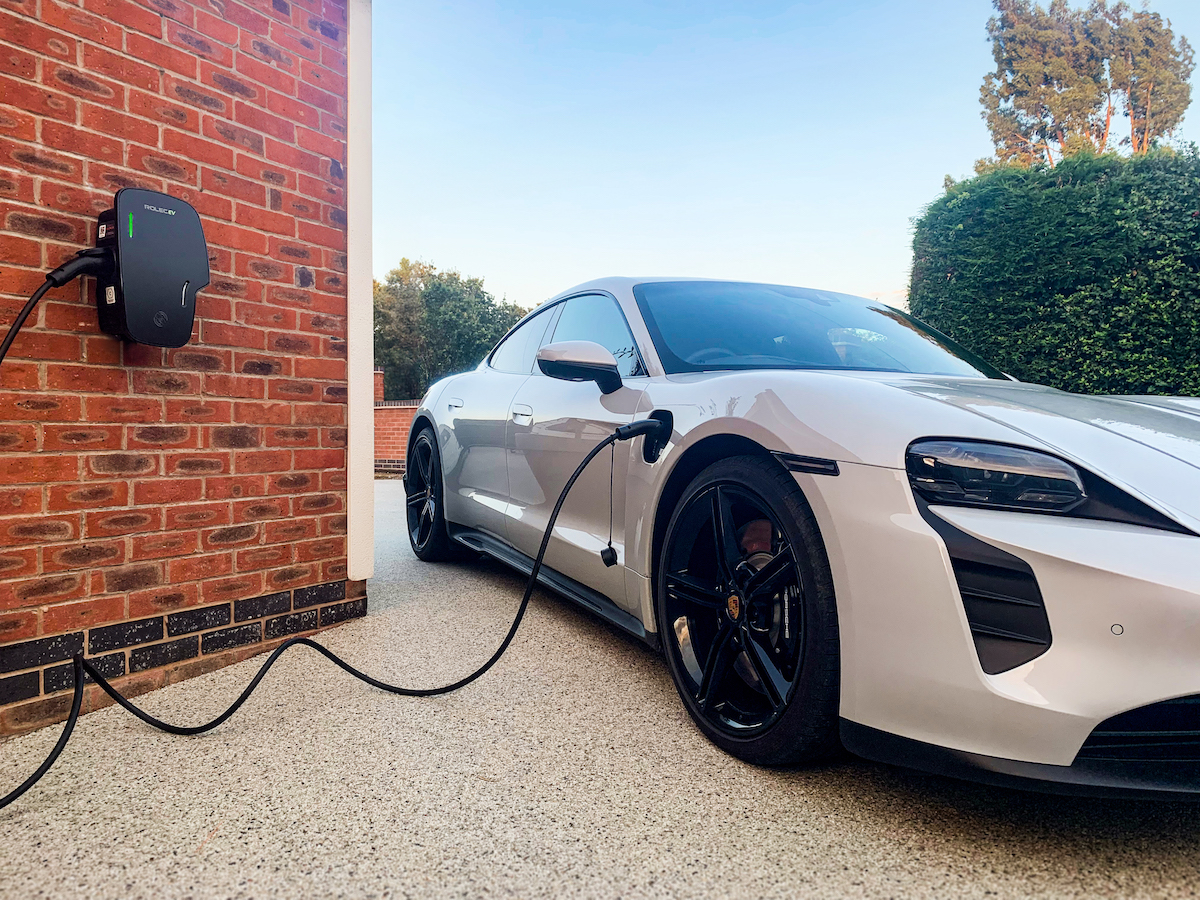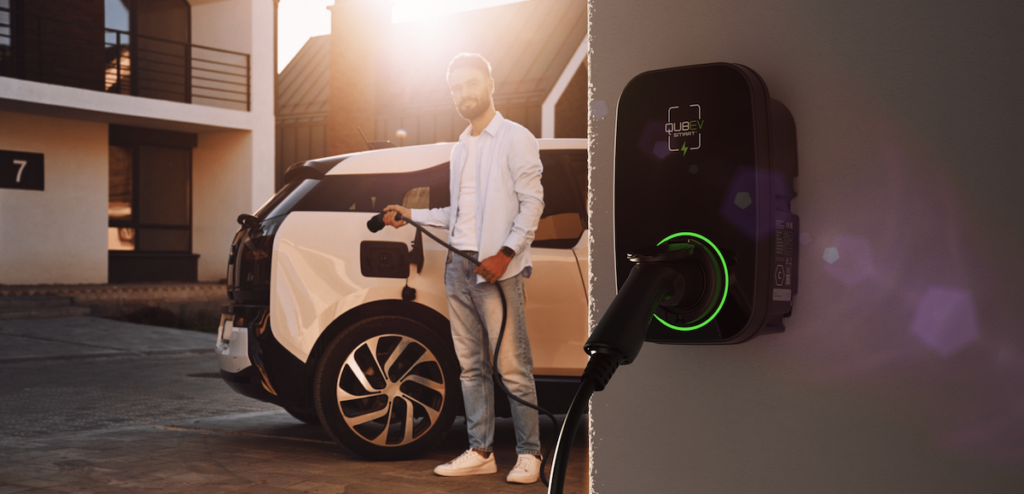
The push for decarbonisation is something that has been acutely felt in the built-environment industry, particularly when it comes to the adoption of electric vehicles and the Government’s introduction of Part S. James Jarvis, business development manager at Rolec Services, reports.
As the UK prepares for a net zero future, and Part S of the Building Regulations weighs in on housing and electric vehicles (EVs), housebuilders are grappling with the various practical issues around providing charging for residents of all new homes.
Electric vehicles (EVs) are becoming more affordable and practical, and the UK Government has set ambitious targets to phase out the sale of new petrol and diesel cars by 2030. Along with the recognised standard features of a charge point (a minimum output of 7 kW and a universal power socket), the Government also introduced the Electric Vehicles (Smart Charge Points) Regulations.
As the demand for EV charging infrastructure increases, it is essential that installation is made as simple and easy as possible. In the past, installing EV charging points was a complex and time-consuming process, requiring significant planning and co-ordination.
 Convenience is the key. By incorporating Protective Multiple Earth (PME) fault detection technology, the installation process can be streamlined, the risk of faults can be reduced, and overall reliability can be improved. In-built PME fault detection has been invaluable in achieving this, since it means the unit won’t need an earth rod to be installed, which means less hassle for the installer and less disruption to the customer.
Convenience is the key. By incorporating Protective Multiple Earth (PME) fault detection technology, the installation process can be streamlined, the risk of faults can be reduced, and overall reliability can be improved. In-built PME fault detection has been invaluable in achieving this, since it means the unit won’t need an earth rod to be installed, which means less hassle for the installer and less disruption to the customer.
Scheduled charging is one of the key things to look out for: introduced to reduce strain on the grid by encouraging users to charge during off-peak hours. Compliant units manage this via an online app, which also gives the user full control of their charger. Furthermore, EV charge points now must have upgraded security measures, such as built-in tamper alerts.
Another consideration is the use of smart charging technology, which allows for remote monitoring and control of the charge point. This technology can be integrated with other smart devices for reception of live updates and alerts.
 Load balancing and management
Load balancing and management
Adding charge points to a development means that the demands on the electrical load can increase significantly. Therefore, influencing the capacity needed on site. Load balancing solutions can increase the number of operable charge points on the site’s existing available supply.
For single charging units, automatic dynamic load balancing via a CT clamp that is attached around the property’s live cable between the meter and consumer unit.
A CT clamp is a current transformer that clamps round a cable. They use the current flowing in the cable to generate a small current that is sent to whatever device they’re connected to (car charger, solar battery etc). The device uses the current to determine how many amps are flowing in the cable.
Smart Charging units also allow for dynamic load balancing, monitoring the property’s overall electrical usage and adjusting the power to the EV charger accordingly, protecting the property’s main fuse. Increased use of modular units that can be easily installed and expanded is as demand for charging infrastructure grows.
Factors such as the complexity of the installation, site conditions, the types of chargers, and labour will determine the installation cost. Additional considerations for commissioning, like opting for wireless setup via Bluetooth allows for building control approval before the homeowner or resident installs Wi-Fi. This approach therefore gives you the freedom to set up charge points without ongoing costs until the property is occupied.






